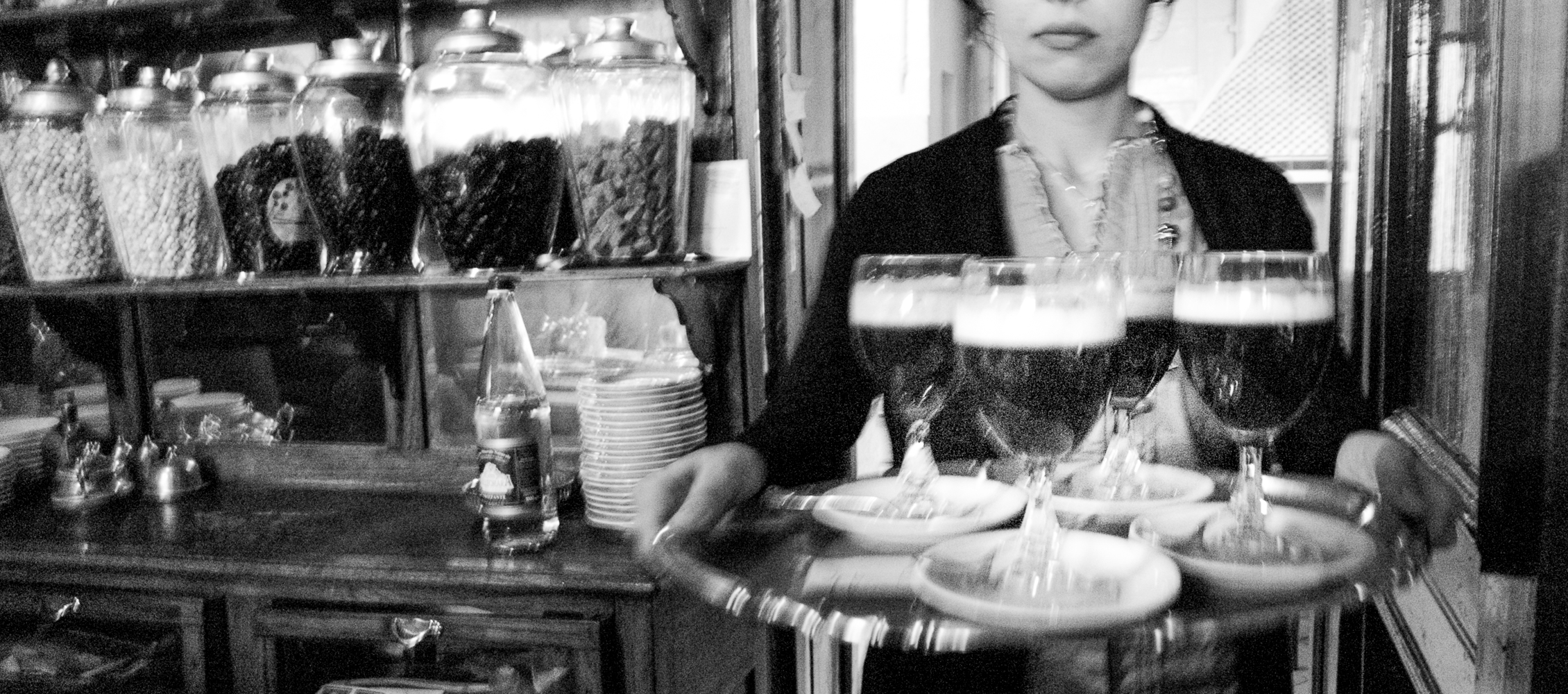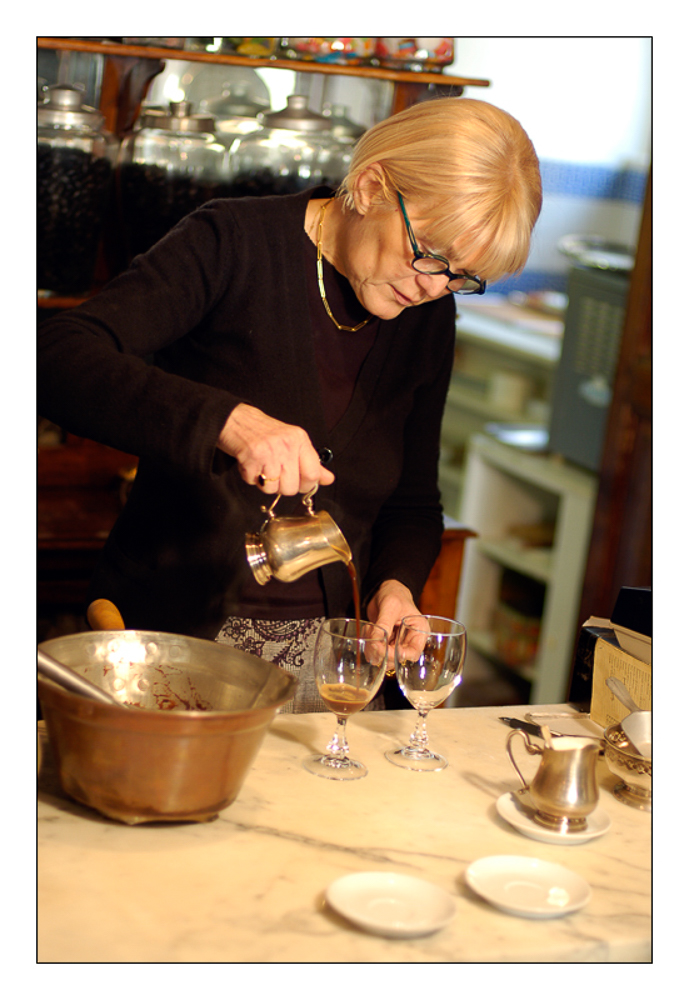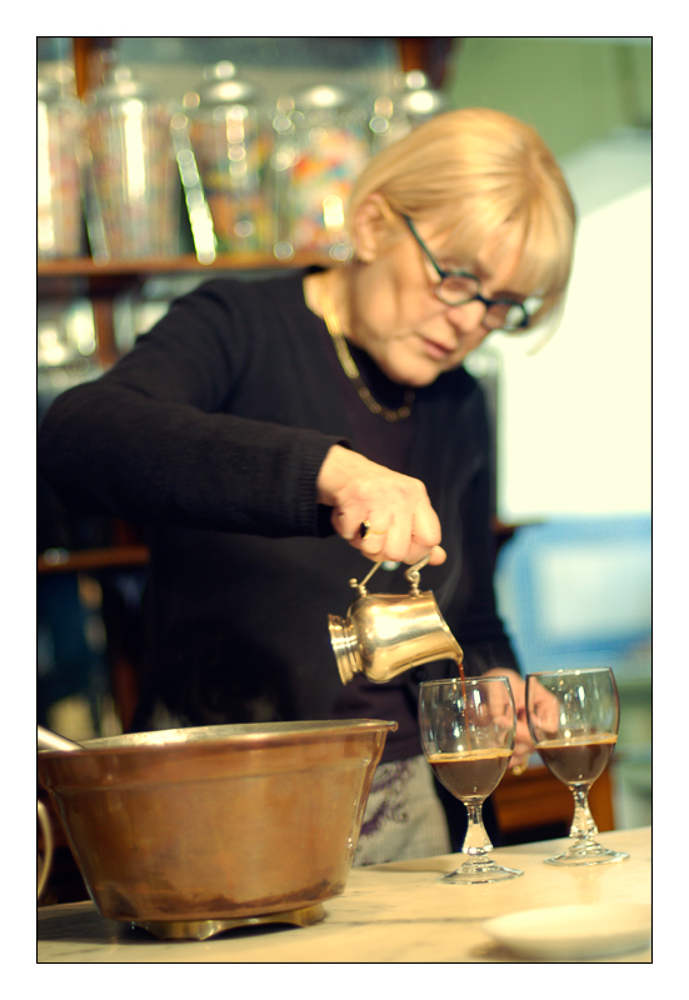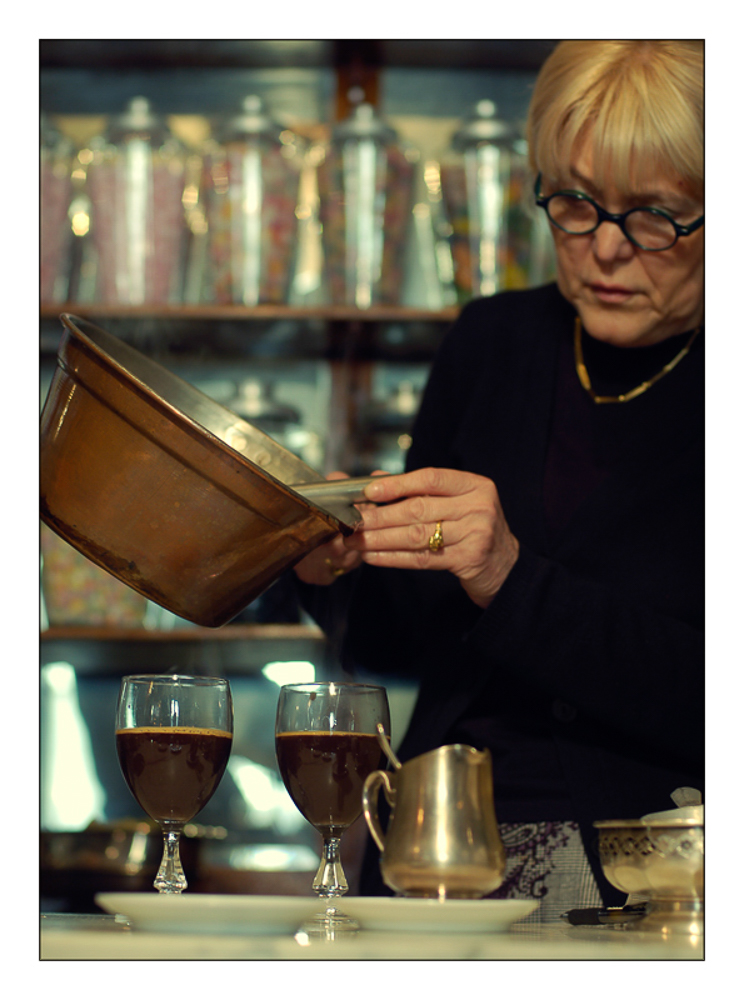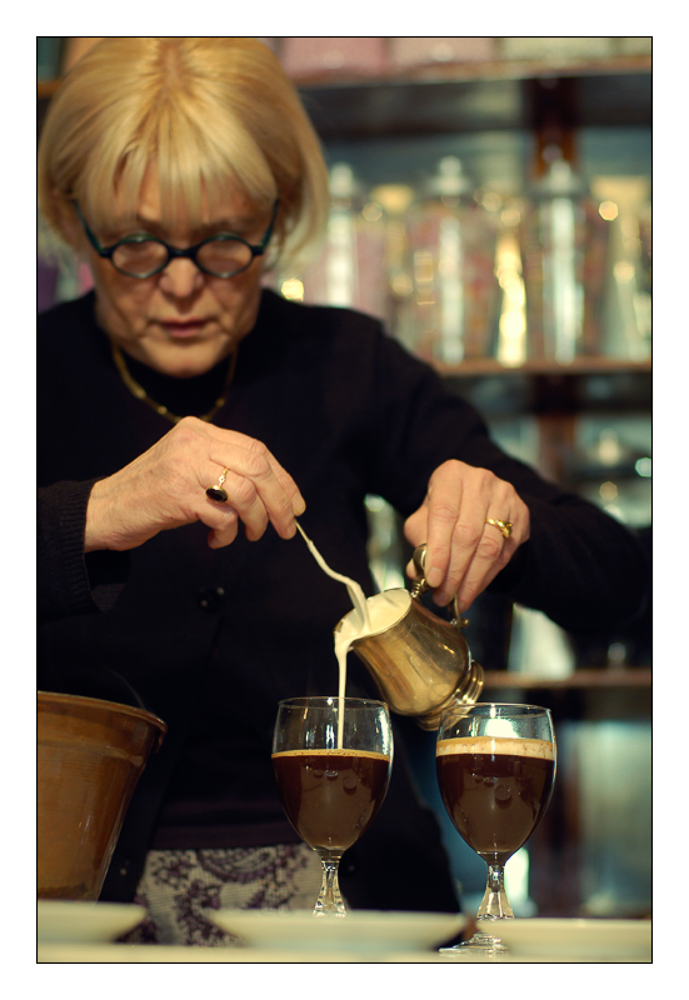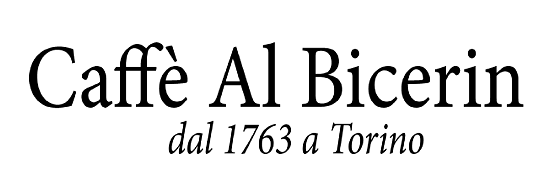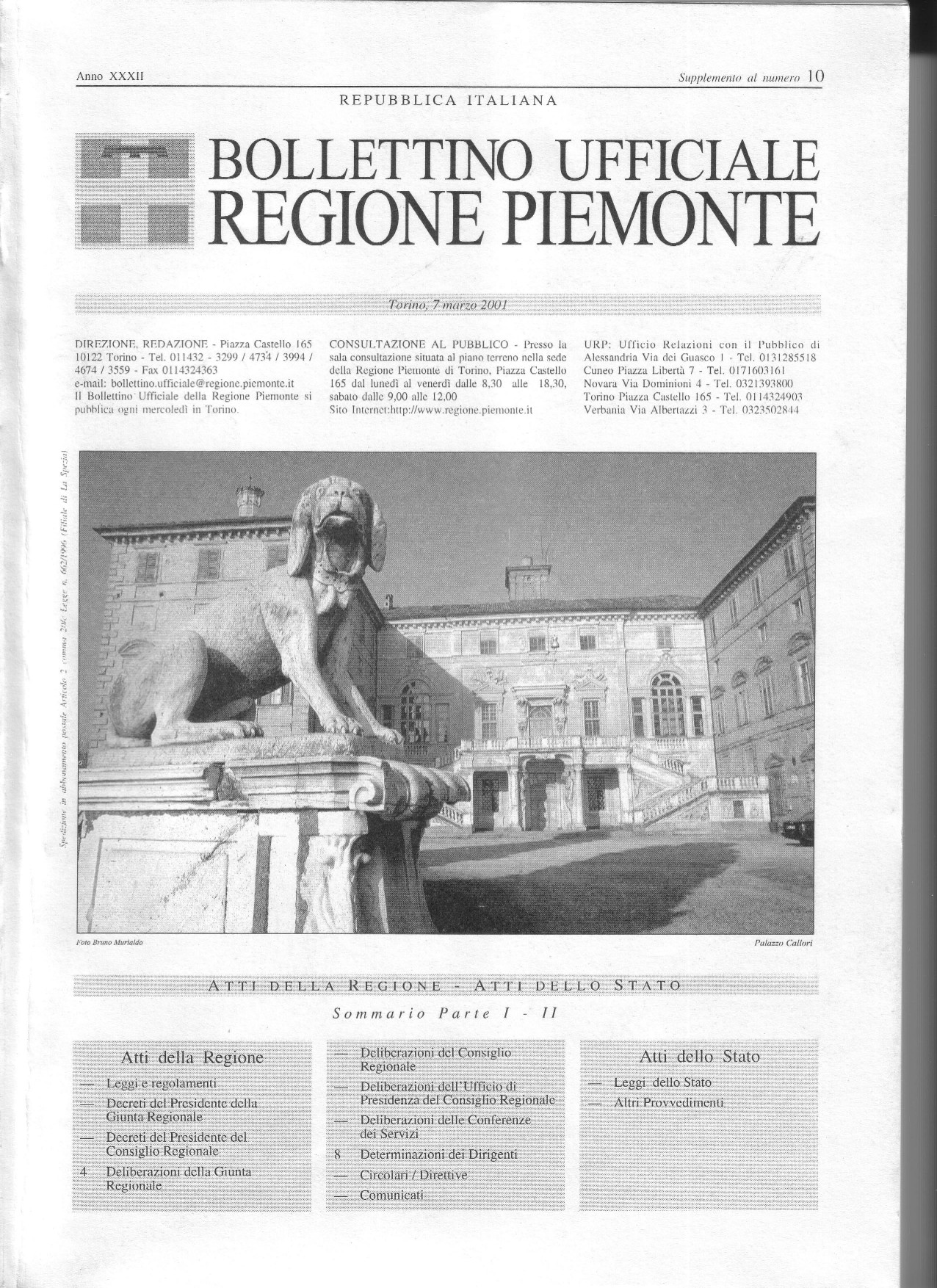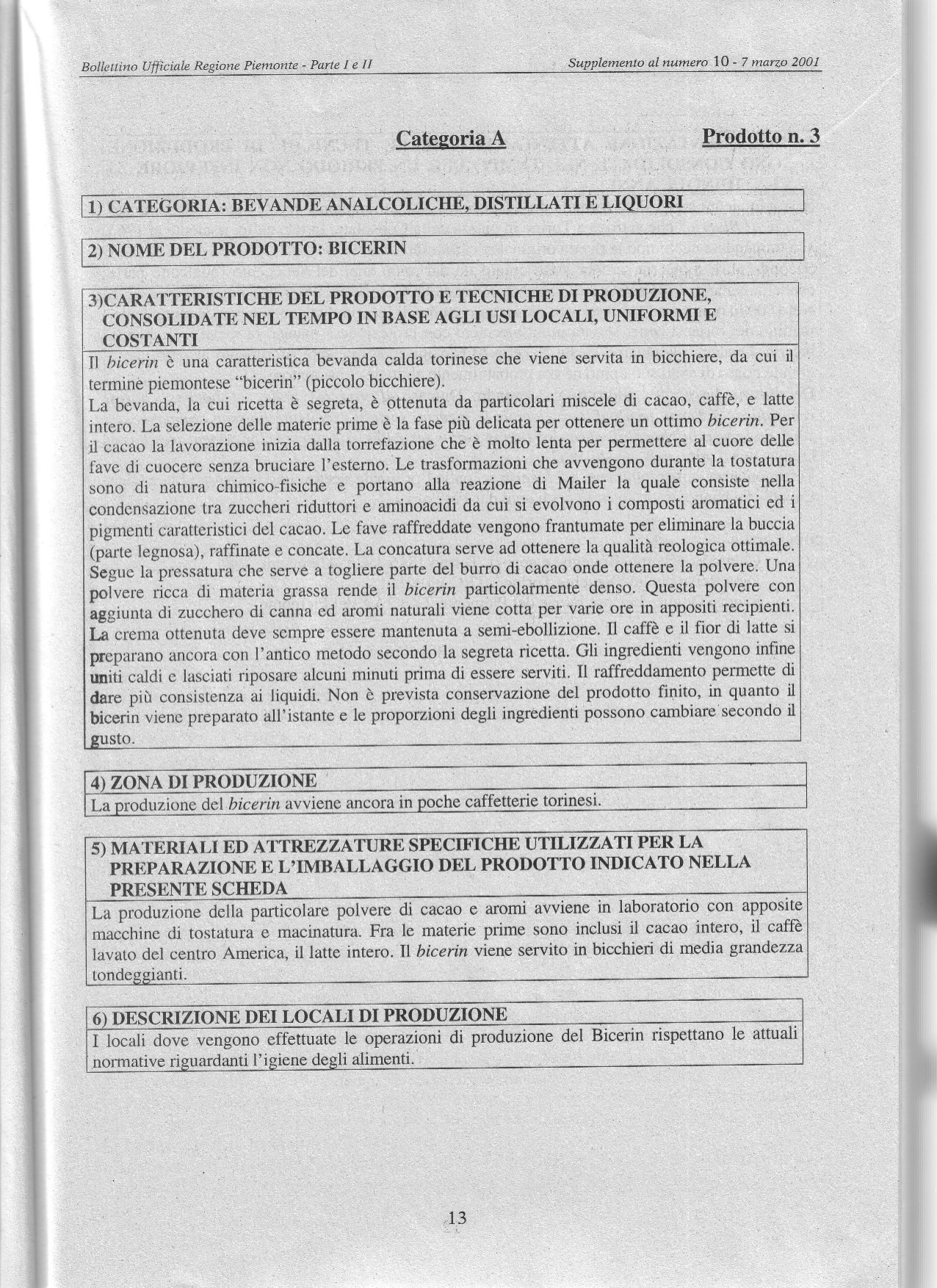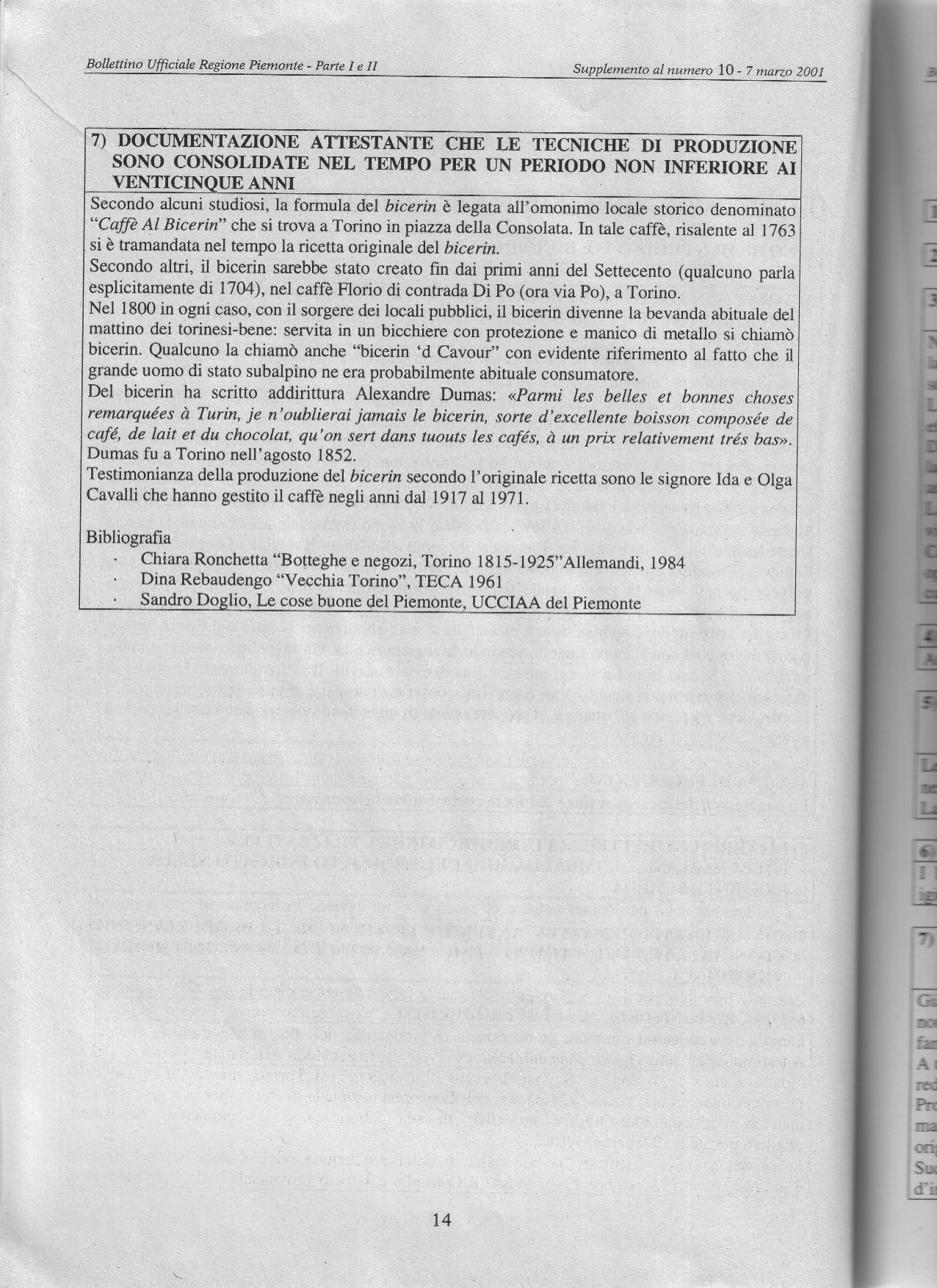The secret to savouring the true bicerin is to avoid mixing it, thereby allowing the various ingredients to come together directly on the palate, with their different densities, temperatures and tastes
 Making a good bicerin is not just the combination of its three basic ingredients – coffee, chocolate and cream -: the best raw materials and lots of patience are essential. Our chocolate – made with selected cocoa from sustainable agriculture in Ivory Coast, Ghana, Cameroon, Brazil and Indonesia – cooks slowly for hours in special copper pots in order to have a low acidity point and pure aromas. The coffee is also special: in order to keep to the original recipe, it needs to have that certain liquidity (once there were no espresso machines) which can only be obtained with light and aromatic mixtures.
Making a good bicerin is not just the combination of its three basic ingredients – coffee, chocolate and cream -: the best raw materials and lots of patience are essential. Our chocolate – made with selected cocoa from sustainable agriculture in Ivory Coast, Ghana, Cameroon, Brazil and Indonesia – cooks slowly for hours in special copper pots in order to have a low acidity point and pure aromas. The coffee is also special: in order to keep to the original recipe, it needs to have that certain liquidity (once there were no espresso machines) which can only be obtained with light and aromatic mixtures.
The historic Turinese drink was invented in this establishment, which has been named after it ever since and jealously guards the original recipe, which is handed down from generation to generation with great discretion. The bicerin was an evolution of the eighteenth-century bavareisa, a fashionable drink at the time that was served in large glasses and was made of coffee, chocolate, milk and syrup. At the beginning, the ritual of the bicerin saw the three ingredients served separately, but as early as the nineteenth century they were poured into a single glass and were available in three variations: “pur e fiur” (similar to today’s cappuccino), “pur e barba” (coffee and chocolate) and “’n poc ‘d tut” (“a little bit of everything”), with all three ingredients. The latter variation was the most successful and ended up overshadowing the others and making it, unaltered, to our time, taking the name from the small glasses without handles in which it was served (the bicerin). The drink also became popular in other coffee bars in the city, even becoming one of the symbols of Turin. Stefani-Mondo wrote: “… it is the preferred drink in the morning: ministers, magistrates, professors, shopkeepers, delivery men, basket-makers, salesmen and street vendors, farmers etc, all willingly spend their three coins to line their stomachs cheaply”. The price of three coins, meaning 15 cents of a Lira, was kept from the mid-nineteenth century until 5 December 1913, when it changed to 20. “… for just twenty cents you could have the traditional bicerin, which is a nutritious snack …”. In 2001, the bicerin was recognised as a “Traditional Piedmontese Drink“, as published in the Official Bulletin of the Piedmont Region.
